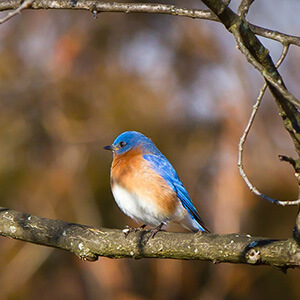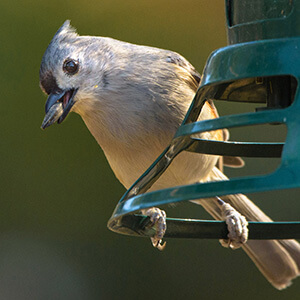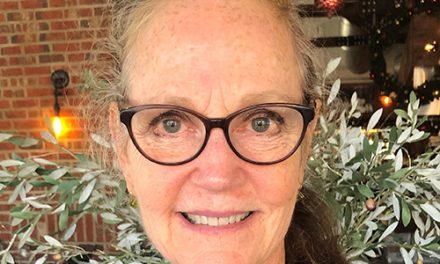
Eastern Bluebird – photo by Scott Birdsall
You can make a real difference in the bird populations in and around Lake Lanier. And February 12-15 is prime time to be part of a national program to track birds and report details.
Presidents’ Day weekend is the Great Backyard Bird Count, (www.birdcount.org), a chance for people to become citizen-scientists and help gather information about bird populations and migration in their local area.
This year’s GBBC, as it’s known in the birding world, takes place across the globe. Take notice of birds for as little as 15 minutes, then report what you’re seeing on a bird checklist of your area and you’ll be helping with research.
Begun in 1998 as an initiative of the Cornell Lab of Ornithology and the National Audubon Society, the four-day event is designed to be easy and fun. Supported by the birdcount.org website, instructions, checklists and help identifying birds is available.
The annual count helps track bird populations and their habitats. It also factors into identifying the rise and fall of various species.
With a combination of waterfowl and land-based birds here in Northeast Georgia, weekend bird-watchers have the possibility of spotting more than 50 types of birds, depending on how much time you spend counting.
Cosponsored by the National Audubon Society and Cornell University, the event is now in its 24th year. Designed to learn more about birds, the health of their populations, and their environment, the success of the event depends on regular folks to keep their eyes open and report what they see.

Tufted Titmouse – photo by Laurie Gross
Signing up is free and straightforward. Visit www.birdcount.org and follow the steps to register as a new user. Then you’ll be able to access lists of birds most prevalent in your area grouped by ZIP Code. Decide where you’d like to watch – from a park, your own backyard, or as part of a family day-trip and take the locator list with you. You can count for as little as 15 minutes or as long as you like; you can count just one day for 15 minutes or every day. It might be fun to count at the same time a couple of days in a row to see if the bird populations change.
Don’t worry if you can’t identify a bird right away. Take a photo with your phone and then search the internet by color, size, type of beak and other distinguishing features.
Here are some great resources to use that can help you watch Lanier’s many species of birds all year:
Binoculars – Wide range of prices from $100 to $3,000, but good durable pairs start around $250. For more detail, check out Audubon’s article: www.audubon.org.
Birding guide – download Merlin Bird ID, www.merlin.allaboutbirds.org, or get the Audubon app that gives a short list of birds with pictures, descriptions and song playback for each; available for iPhone or Android. A regional printed field guide can also be handy.
Keeping track – open a free account on www.ebird.org, log sightings and print out a bird list for anywhere you visit.
Georgia has more than a dozen geographically specific Audubon chapters and birding clubs.
Check out the Georgia Audubon Society: www.georgiaaudubon.org.
To learn more about the Great Backyard Bird Count, to register and download official checklists for your ZIP Code, or to submit an entry for this year’s photography contest visit www.gbbc.birdcount.org.
You can also apply to have your backyard certified as a Wildlife Habitat.





